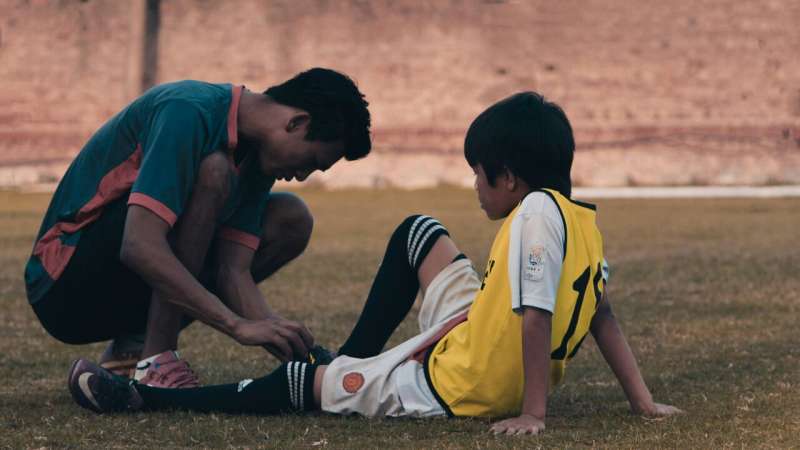This article has been reviewed according to Science X's editorial process and policies. Editors have highlighted the following attributes while ensuring the content's credibility:
fact-checked
peer-reviewed publication
trusted source
proofread
Racial and ethnic differences emerge in rates of inpatient care following psychiatric emergencies among minority youths

A study in the Journal of the American Academy of Child and Adolescent Psychiatry (JAACAP), published by Elsevier, reports that Asian American/Pacific Islander (AAPI) youths experience lower rates and American Indian/Alaska Native (AI/AN) youths experience higher rates of inpatient care after psychiatric emergencies relative to youths from other racial/ethnic groups.
This study, conducted by a research team at Concordia University, the University of California, Los Angeles, and Los Angeles County Department of Mental Health, is the first to examine rates of inpatient hospitalizations and rehospitalizations among racial/ethnic minoritized youths following psychiatric emergencies that resulted in mobile crisis responses. Based on service encounter data from the Los Angeles County Department of Mental Health, 6,908 youths received a mobile crisis response from January to December 2017. The researchers then examined youths' receipt of inpatient care over a three-year period from 2017 to 2020. Within this group, 1,282 youths (18.6%) were admitted into an inpatient facility for care after one month of mobile crisis response.
However, AAPI youths were less likely (relative risk of .45) to receive inpatient care relative to other youths. This extends previous work which revealed that AAPI youths were less likely to receive ongoing outpatient care after psychiatric emergencies. The current finding adds to the somber picture of AAPI youths with acute mental health needs falling out of the follow-up treatment process in public sector mental health systems.
At the same time, AI/AN youths were more likely (relative risk of 2.63) to receive inpatient care following mobile crisis responses compared to other youths. The researchers suggest that it is possible that exposures to current and historical trauma experienced by AI/AN youth is linked to higher acuity needs when they are seen in mobile crisis response services but note that it is unclear why this pattern is observed for AI/AN youths and that further research on care pathways is critical.
Lead author, Dr. Joyce Lui, Assistant Professor at Concordia University, said, "We need more research that disaggregates care patterns by race/ethnicity and types of care to arrive at a better understanding of how to most strategically advance equity. These findings suggest that AI/AN youth may benefit from better access to routine preventive and early intervention services, and that systems should integrate strategies to better ensure care linkage for AAPI youths with acute needs such as culturally responsive family-focused care navigators."
More information: Joyce H.L. Lui et al, Inpatient Care Utilization Following Mobile Crisis Response Encounters Among Racial/Ethnic Minoritized Youth, Journal of the American Academy of Child & Adolescent Psychiatry (2023). DOI: 10.1016/j.jaac.2023.06.021



















